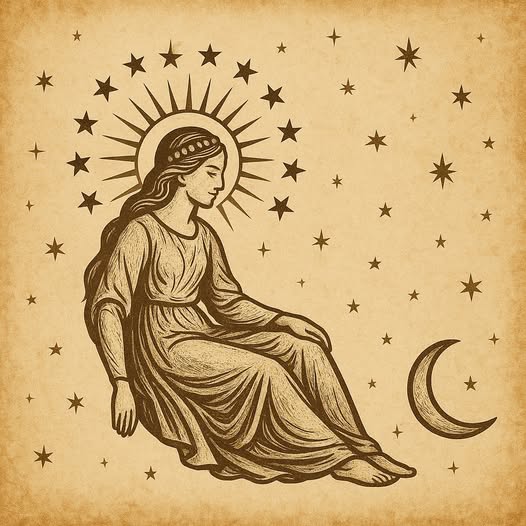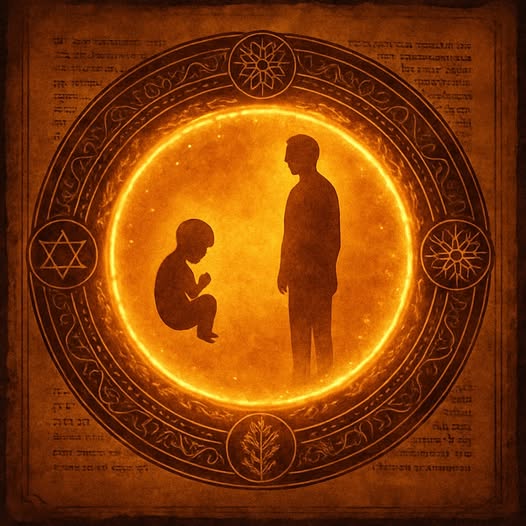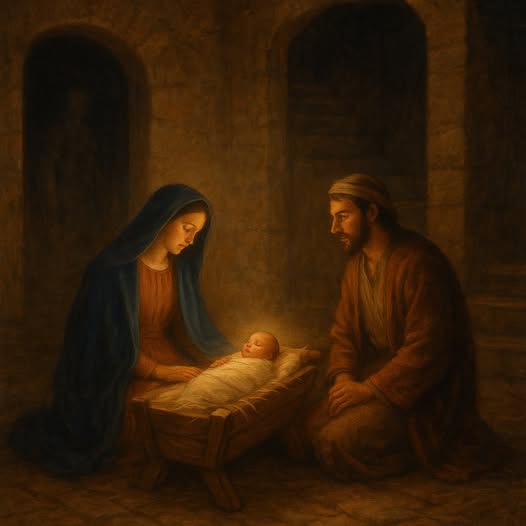
The question of Jesus Christ’s actual birthdate remains one of the great mysteries of Christian history. While the traditional date of December 25 has long been recognized by the Western Church, some scholars and researchers propose an alternative: September 11, 3 B.C. This date is not random. It draws from a rich combination of astronomical data, biblical texts, historical patterns, and Jewish cultural traditions. While no date can be proven with certainty, this theory offers a compelling framework worth serious exploration.
A Rare Celestial Alignment
On the evening of September 11, 3 B.C., the constellation Virgo (the Virgin) appeared in the sky with the sun clothing her body, the moon at her feet, and Jupiter in close conjunction with Regulus, the “King Star” in the constellation Leo—a constellation long associated with the tribe of Judah.
Modern astronomy software confirms this rare astronomical configuration. Advocates of the theory propose that this could be the event that the Magi observed, interpreting it as the Star of Bethlehem. Rather than relying on astrology in the modern, fortune-telling sense (which Scripture condemns), the Magi were likely scholars of celestial signs, reading the heavens as a cosmic clock pointing to divine acts.
Revelation 12 and the Sky
Revelation 12:1-5 describes a woman “clothed with the sun, with the moon under her feet, and a crown of twelve stars on her head” who gives birth to a male child. While highly symbolic, this imagery matches the sky over Judea on September 11, 3 B.C., when Virgo was in precisely this position.
This interpretation does not assert that John’s vision was a literal star chart, but rather that the symbolic language may align with a real celestial event. This offers a deeper layer of meaning to both the vision and the birth narrative.
Jewish Traditions and Tishri 1
In Jewish tradition, Tishri 1 (Rosh Hashanah) marks the civil New Year, the anniversary of the creation of Adam, and a day of judgment and renewal. Ancient sources such as the Book of Jubilees and later rabbinic traditions suggest that Noah may have been born on Tishri 1. This presents a symbolically rich parallel to Jesus, often described as a new Adam or a bringer of spiritual renewal.
If Jesus was born on Tishri 1, which fell on September 11 in 3 B.C., this timing would not only align with these traditions but also elevate His birth as a cosmic new beginning.
Roman Census Timing
Luke’s Gospel places Jesus’s birth during a Roman census (Luke 2:1-5), a time when people traveled to their ancestral homes. While the specifics of the census are debated, many scholars note that Roman censuses often occurred after the harvest, when travel was easier and people were more available. This seasonal window aligns more naturally with a September date than with the depth of winter.
Conception and Crucifixion Connection
A well-known Jewish belief held that prophets were conceived and died on the same day. If Jesus was crucified around Passover (March or April), then His conception—nine months earlier—would fall around December. This would suggest that December 25 may not have been chosen arbitrarily, but rather as the date of conception, not birth. This theory would reconcile the theological tradition with a literal September birth.
The Star of Bethlehem and the King of Judah
One final astronomical layer often cited is the repeated conjunction of Jupiter and Regulus in Leo during this period. Genesis 49:10 states that “the scepter will not depart from Judah,” and the lion (Leo) was a symbol of that tribe. Jupiter, representing kingship, moving back and forth over Regulus, the king star, may have served as a celestial announcement of a royal birth from the line of Judah.
Conclusion
The theory that Jesus was born on September 11, 3 B.C. is far from fringe speculation. It draws from biblical typology, ancient cultural traditions, historical practice, and verifiable astronomical phenomena. While Scripture does not give us an exact date, exploring this possibility invites believers to appreciate the precision and depth of God’s timing in redemptive history.
Discussion Questions
- How does the theory of Jesus’s birth on September 11, 3 B.C. enhance or challenge traditional Christian beliefs about His nativity?
- In what ways does the use of astronomy in this theory interact with biblical themes without endorsing astrology?
- How might the Jewish New Year and the birth of Noah influence our understanding of Jesus as the second Adam?
- Why might early Christians have shifted focus to December 25 despite evidence suggesting a September birth?
- What role should historical and astronomical data play in how we interpret biblical events?
Want to Know More?
- Ernest L. Martin, The Star That Astonished the World
This work lays out the September 11, 3 B.C. theory in detail, using astronomical charts, historical context, and scriptural analysis to argue that the Star of Bethlehem was a real celestial event witnessed by the Magi. - Michael S. Heiser, The Unseen Realm: Recovering the Supernatural Worldview of the Bible
Heiser explores the biblical worldview of cosmic signs and divine beings, providing a theological framework that makes sense of Revelation 12’s imagery and its possible connection to Jesus’s birth. - Frederick A. Larson, The Star of Bethlehem (documentary)
This film visualizes the celestial events surrounding Jesus’s birth using modern astronomical software, focusing on the conjunctions of Jupiter and Regulus, and supports a 3 B.C. timeframe. - Jack Finegan, Handbook of Biblical Chronology: Principles of Time Reckoning in the Ancient World and Problems of Chronology in the Bible
A scholarly reference that includes detailed analysis of ancient calendars, census records, and dating methods, offering critical tools for evaluating theories about Jesus’s birthdate. - Alfred Edersheim, The Life and Times of Jesus the Messiah
A classic 19th-century work that incorporates Jewish customs, feasts, and calendar insights. Edersheim discusses how Jewish tradition and timing might inform our understanding of the Messiah’s arrival.




